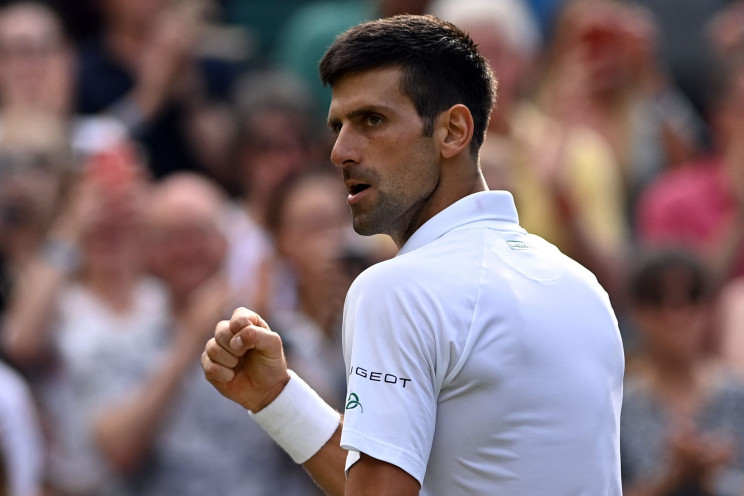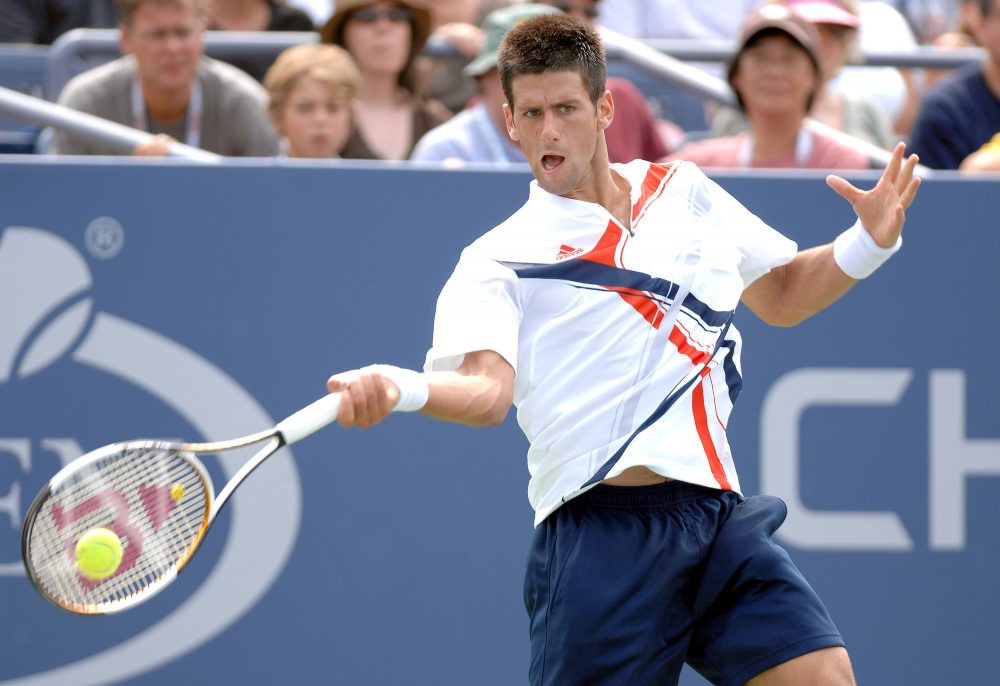A child journalist chosen by the USTA to serve as a “kid-caster” asked Djokovic at Friday’s U.S. Open media day which nickname he preferred — “Gumby” or “Spiderman.” Djokovic has been called both by the tennis cognoscenti.
Experts have long attempted to figure out what has made the Serbian — on the verge of becoming the first men’s player to complete the Grand Slam in 52 years — so dominant. Rod Laver was the last to win all four majors in a calendar year, in 1969, and Don Budge is the other male to achieve the feat.
The possibility of that accomplishment has even trumped Djokovic’s other potential milestone — setting the all-time record for most major titles, breaking his tie Roger Federer and Rafael Nadal. If he conquerors Flushing Meadows for the fourth time in his career, he’ll be all alone with 21.
Djokovic’s game is tough to define — which is one explanation why Federer and Nadal have always been the center of the talk about the “GOAT” in men’s tennis.
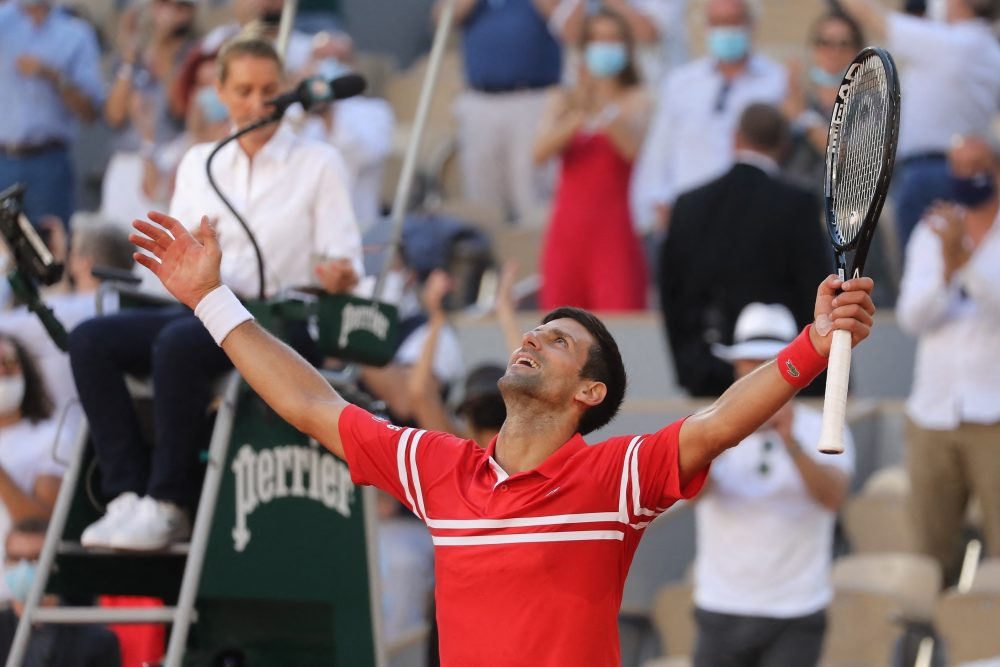
“[Federer is] the most beautiful player I ever watched,” John McEnroe said. Djokovic isn’t known for a supersonic serve, like Peter Sampras. He doesn’t have the grace or flair of Laver or Federer, whose sliced one-handed backhand and crosscourt top-spin forehand are poetic. Nor does he possess the artistic serve-and-volley game of the lefty McEnroe.
Djokovic, too, doesn’t have the raw bulldog lefty-forehand power of Nadal. But what the Serbian has are all the intangibles — including court coverage — the anticipation, reflex and flexibility to reach for shots that seem unimaginable. Hence, Gumby — the green clay animation figure that stretches all different directions.
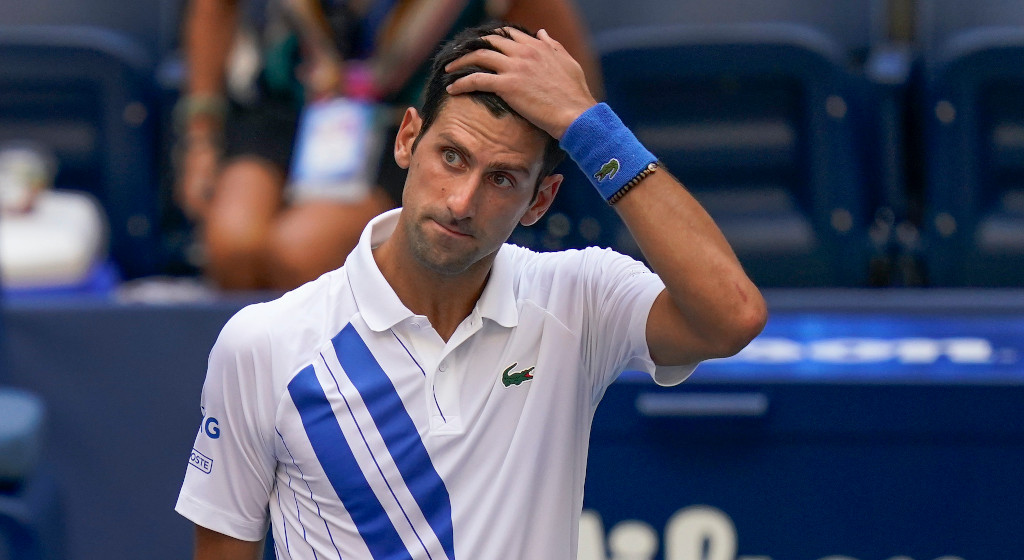
At the press conference, another journalist googled a “Gumby” image on his cellphone to show Djokovic. “I’m just seeing what is Gumby,” Djokovic said. “The green stretchy. Yeah, looks fun.” Oh, it’s been a ball of fun for Djokovic since 2011, when he started to lunge toward Federer and Nadal in winning three of the four majors that year. As he looks to pass them over the U.S. Open fortnight, tennis insiders feel the 34-year-old is also on track to break Margaret Court’s record of 24 majors. “The flexibility, nobody has ever been as flexible that I know,” ESPN’s Pam Shriver, a Hall of Famer, said. “Geez, Olympic gymnasts were having him pose at the Olympics.”
 Russian top contender Daniil Medvedev said it’s not always easy to put a finger on that one thing that makes Djokovic great. “If I will have to choose just one, I’d probably say the movement,” Medvedev said. “But then of course it’s everything. I played a lot of matches with him. You’re going to have tactics. He’s going to have them well prepared. With him, every match is a new story.” “I remember the Australian Open, when I lost to him [two different times]. At one moment of the match I felt like if I just go on his backhand and I try to make him play a lot of balls. This tactic worked not bad. The next match I would try to do the same and he would destroy me.
Russian top contender Daniil Medvedev said it’s not always easy to put a finger on that one thing that makes Djokovic great. “If I will have to choose just one, I’d probably say the movement,” Medvedev said. “But then of course it’s everything. I played a lot of matches with him. You’re going to have tactics. He’s going to have them well prepared. With him, every match is a new story.” “I remember the Australian Open, when I lost to him [two different times]. At one moment of the match I felt like if I just go on his backhand and I try to make him play a lot of balls. This tactic worked not bad. The next match I would try to do the same and he would destroy me.
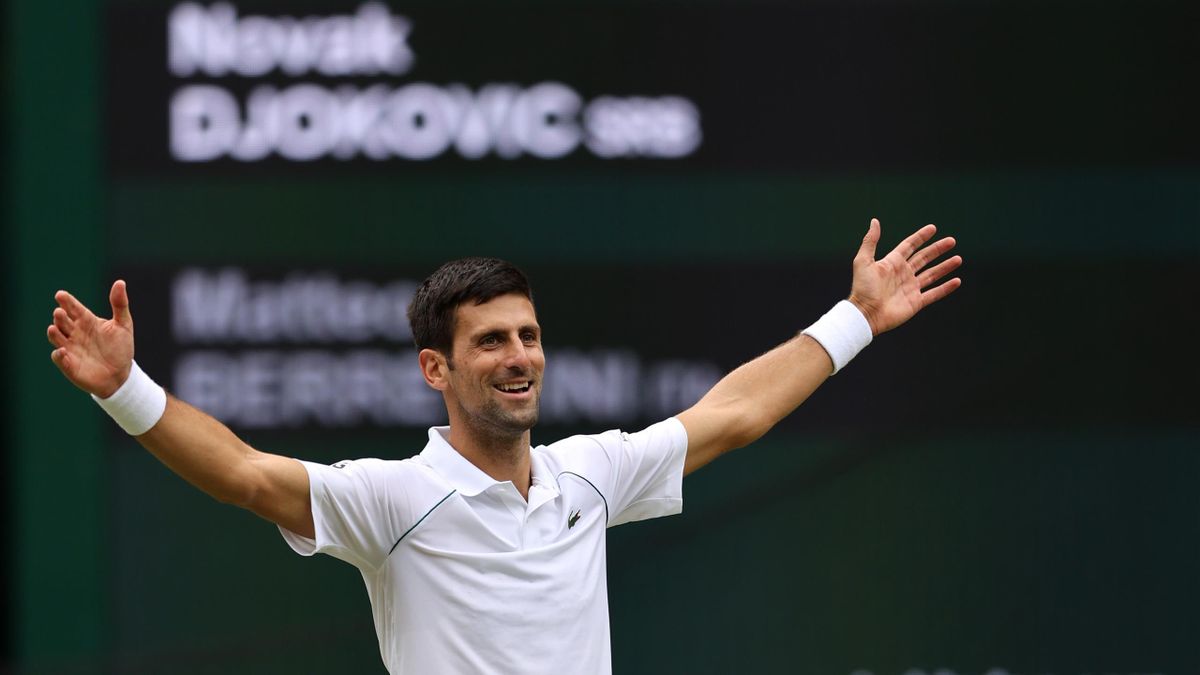 He’s probably one of the most complete players in the history of tennis — backhand, forehand, return. [His] serve is not bad also.” Improving his health and fitness became a big issue for Djokovic during his 2011 turnaround, when he captured his first U.S. Open title. Before 2011, Djokovic had just one Slam title — at the Australian Open in 2007. Djokovic was the clear third wheel to Federer and Nadal in all categories — including fan base. In 2010, Djokovic learned he had a gluten allergy that could affect his strength. So in 2011, his new diet removed gluten — pasta, beer, cookies, cereal and his candy vice, Twizzlers. Nineteen of his 20 major victories have come since then, but there was more than diet and fitness to becoming the best tennis player in the world:
He’s probably one of the most complete players in the history of tennis — backhand, forehand, return. [His] serve is not bad also.” Improving his health and fitness became a big issue for Djokovic during his 2011 turnaround, when he captured his first U.S. Open title. Before 2011, Djokovic had just one Slam title — at the Australian Open in 2007. Djokovic was the clear third wheel to Federer and Nadal in all categories — including fan base. In 2010, Djokovic learned he had a gluten allergy that could affect his strength. So in 2011, his new diet removed gluten — pasta, beer, cookies, cereal and his candy vice, Twizzlers. Nineteen of his 20 major victories have come since then, but there was more than diet and fitness to becoming the best tennis player in the world:
 There were mind games and match tactics. Along the way, Djokovic employed two good coaches — legend Boris Becker and currently Goran Ivanisevic. In 2018, he also brought back his first coach, Marian Vajda. Ivanisevic, a former Wimbledon champion, is credited for improving Djokovic’s spare net game.
There were mind games and match tactics. Along the way, Djokovic employed two good coaches — legend Boris Becker and currently Goran Ivanisevic. In 2018, he also brought back his first coach, Marian Vajda. Ivanisevic, a former Wimbledon champion, is credited for improving Djokovic’s spare net game.
“Actually a lot of people underestimate his volleys,” Ivanisevic said. “He is not a serve-and-volleyer. He’s never going to be a serve-and-volleyer. But he likes to play doubles. He has very solid volleys and improved it the last couple of years.”
As Shriver noted: “He looks at every possible little thing that could tinker with any part of his game that could help him. He seems to look a little more at some unusual things to gain just that little bit of an edge.”
 Djokovic’s resiliency under pressure is also unmatched. Andy Roddick noted on Tennis Channel last week that nobody goes from defense to offense more quickly than Djokovic does with one stroke. “Novak is so strong mentally,” said Randy Walker, former USTA spokesman and leading tennis-book publisher. “Look at how many times he has come back from two sets to love down and from match point down to win so many big matches.” In the 2010 and 2011 U.S. Open semifinals, Djokovic fought back from two match points down each time to stun Federer. In the 2019 Wimbledon final against Federer, Djokovic survived two more match points to win a five-hour, five-setter. At this year’s French Open final against Stefanos Tsitsipas, the Serbian’s nerves of steel won out again, and he rallied from a 2-0 deficit to win in five sets.
Djokovic’s resiliency under pressure is also unmatched. Andy Roddick noted on Tennis Channel last week that nobody goes from defense to offense more quickly than Djokovic does with one stroke. “Novak is so strong mentally,” said Randy Walker, former USTA spokesman and leading tennis-book publisher. “Look at how many times he has come back from two sets to love down and from match point down to win so many big matches.” In the 2010 and 2011 U.S. Open semifinals, Djokovic fought back from two match points down each time to stun Federer. In the 2019 Wimbledon final against Federer, Djokovic survived two more match points to win a five-hour, five-setter. At this year’s French Open final against Stefanos Tsitsipas, the Serbian’s nerves of steel won out again, and he rallied from a 2-0 deficit to win in five sets.
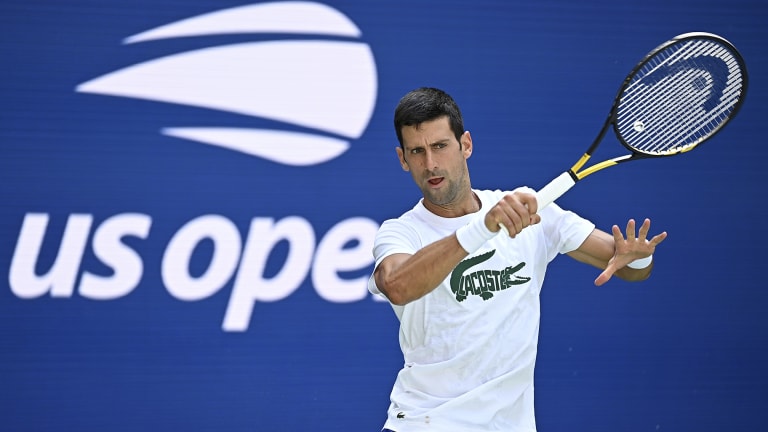 That came 48 hours after his historic semifinal win, when he dethroned clay-court kingpin Nadal, whose record at the French Open had been 105-2.
That came 48 hours after his historic semifinal win, when he dethroned clay-court kingpin Nadal, whose record at the French Open had been 105-2.
Djokovic’s record against Federer is 27-23 and has a 30-28 edge on Nadal.
“He’s amazing,” Ivanisevic said. “Every day something new, something better, better. You have to kill the guy 27 times and still he gets up and you have to kill him again and he gets up.” After the French Open title on June 13, Djokovic knew a Grand Slam was a real possibility. Seven more victories at Flushing Meadows and the debate on the tennis’ GOAT might be moot. “It’s easier said than done,” McEnroe said. “There’s a reason it hasn’t been done in 52 years. It’s really tough. We’ll see how he handles it. He handles [pressure] about as well as anyone I’ve ever seen in the last 10 years of his career. I think he’s ready for the moment.”


